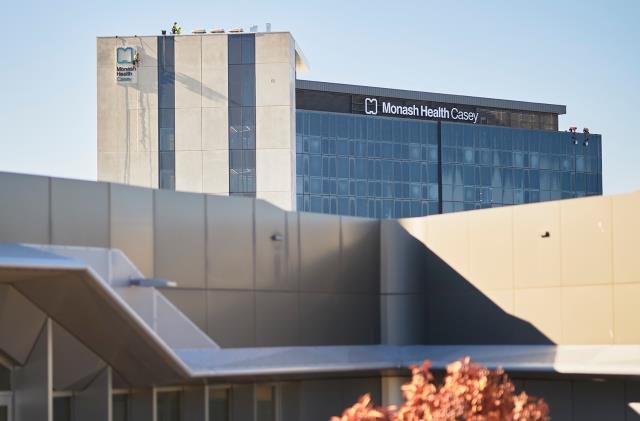A feared $200 million budget cut at Monash Health has been averted in a State Government health services reform announced on 8 August.
Victorian hospital executives had reportedly discussed possible possible bed closures, elective surgery cuts, cancelling breast screening and special-care cots in the face of “significant” funding cuts.
Premier Jacinta Allen announced an additional $1.5 billion for hospitals to end months of speculation that hospitals would have to close beds, halt elective surgeries and breast screenings.
It would help cover “record demand” in the emergency department as well as a further 10,000 elective surgeries.
According to the Government, hospitals had operated without an agreed budget during Covid and it was “time to return to something a bit more normal”.
The Government also announced that health services, such as Monash, will also not be forced into merger.
An independent Health Services Plan review had recommended the mergers, such as Monash Health and the West Gippsland Health Group forming a South Metro LHN (Local Health Network).
It also proposed a Bayside LHN combining Alfred Hospital, Kooweerup Regional Health Service and Peninsula Health.
Each network would comprise of a major hospital, a women’s and a children’s hospital. In the case of the South Metro LHN, all three would be at Monash Medical Centre, Clayton.
In a streamlining move, the LHNs would eventually share IT and payroll functions.
The proposed LHN boundaries were still subject to “further consultation with the sector”, according to the Government.
“The Government will provide guidance to health service boards on principles to underpin Local Health Service Network groupings,” a Government website stated.
“Health services will then be able to propose groupings for their region for approval by Government.”
The State Government accepted in-principle 26 of the review’s 27 recommendations but declined to force mergers.
As part of the reform, the Government will also establish an agency Hospitals Victoria to oversee collaboration between hospitals as well as their financial sustainability.
Health Minister Mary-Anne Thomas said the reforms would lead to a “better integrated and connected” health system while “protecting the local services we know Victorians trust and rely on”.
The State Opposition labelled the extra funding an “humiliating backdown” after speculation of “secret health cuts”.
“These funding cuts were never about efficiencies or better services, but mopping up the real-world consequence of a decade of financial mismanagement and record debt under Labor,” opposition leader John Pesutto said.
Opposition health spokesperson Georgie Crozier said the Government had caused enormous concern about the potential loss of health services and jobs.
Victorian Healthcare Association chief executive Leigh Clarke said the Health Services Plan was “centralising administration and resources across health services without immediately having to consolidate.”
“The VHA supports the intent of reform – to achieve equity of access to clinical care for all Victorians.
“The return of funding of $1.5 billion is focused on avoiding the most significant of risks to clinical staff and services – and we look forward to seeing the additional funding to achieve system reform.”
Monash Health declined to comment.







